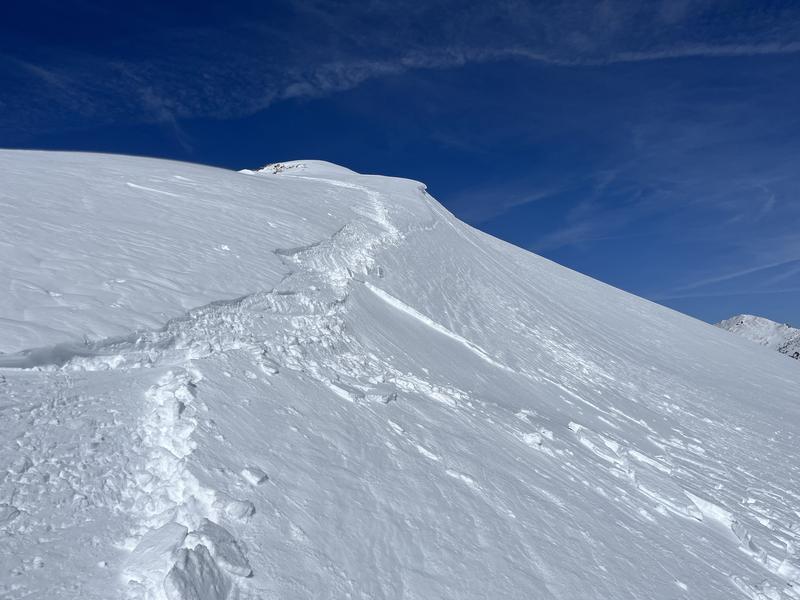Forecast for the Uintas Area Mountains

Issued by Mark Staples on
Sunday morning, February 25, 2024
Sunday morning, February 25, 2024
Today the avalanche danger is MODERATE, but don't let that yellow color fool you. This is the overall danger rating. Specific slopes will easily produce a deadly avalanche while others may have a deep strong snowpack. Read more below.
If you don't want to worry about avalanches, the Uintas are blessed with tons of mellow terrain less than 30 degrees in steepness where avalanches won't happen.

Low
Moderate
Considerable
High
Extreme
Learn how to read the forecast here












